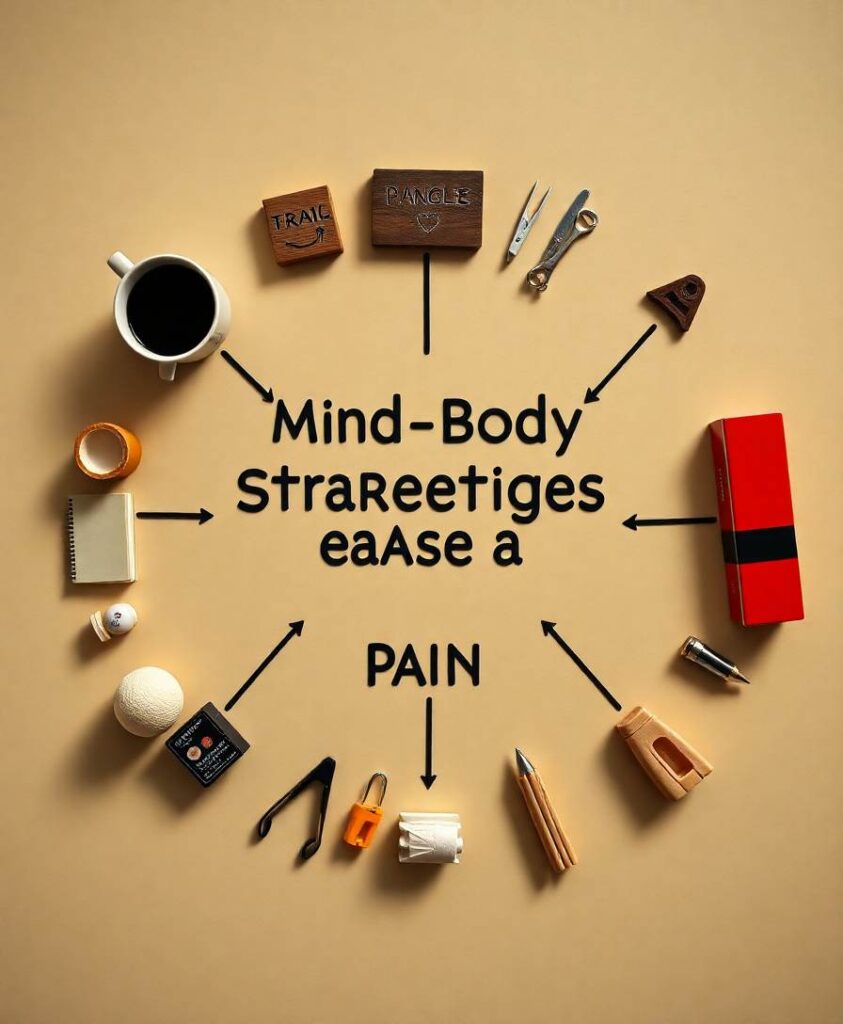Many research works indicate that EEG bands, specifically the alpha and theta bands, have been potentially helpful cognitive load indicators. However, minimal research exists to validate this claim. This study aims to assess and analyze the impact of the alpha-to-theta and the theta-to-alpha band ratios on supporting the creation of models capable of discriminating self-reported perceptions of mental workload. A dataset of raw EEG data was utilized in which 48 subjects performed a resting activity and an induced task demanding exercise in the form of a multitasking SIMKAP test. Band ratios were devised from frontal and parietal electrode clusters. Building and model testing was done with high-level independent features from the frequency and temporal domains extracted from the computed ratios over time. Target features for model training were extracted from the subjective ratings collected after resting and task demand activities. Models were built by employing Logistic Regression, Support Vector Machines and Decision Trees and were evaluated with performance measures including accuracy, recall, precision and f1-score. The results indicate high classification accuracy of those models trained with the high-level features extracted from the alpha-to-theta ratios and theta-to-alpha ratios. Preliminary results also show that models trained with logistic regression and support vector machines can accurately classify self-reported perceptions of mental workload. This research contributes to the body of knowledge by demonstrating the richness of the information in the temporal, spectral and statistical domains extracted from the alpha-to-theta and theta-to-alpha EEG band ratios for the discrimination of self-reported perceptions of mental workload.


